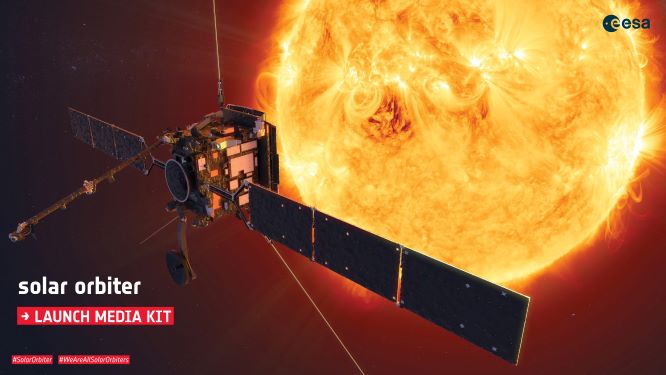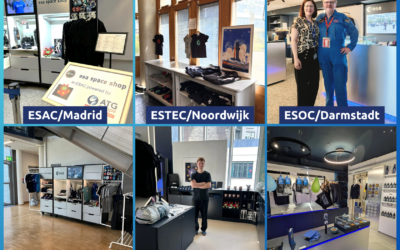Solar Orbiter & ATG Medialab
Solar Orbiter is the new collaborative mission of ESA and NASA to study the Sun. The launch of this satellite that takes the solar science to new heights was lofted to space by the US Atlas V 411 rocket from NASA’s Kennedy Space Centre in Cape Canaveral, Florida on the 10th of February. The spacecraft will perform unprecedented close-up observations of the Sun from high-latitudes, providing the first images of the uncharted polar regions of the Sun.
Solar Orbiter will spend about three months in its commissioning phase, during which the mission team will run checks on the spacecraft’s 10 scientific instruments to ensure they are working properly. It will take Solar Orbiter about two years to reach its primary science orbit. Solar Orbiter combines two main modes of study. In-situ instruments will measure the environment around the spacecraft, detecting such things as electric and magnetic fields and passing particles and waves. The remote-sensing instruments will image the Sun from afar, along with its atmosphere and its outflow of material, collecting data that will help scientists understand the Sun’s inner workings.
The Launch of Solar Orbiter on February 10th marked not only the start of a new and exciting ESA-NASA science mission, it also created a large global exposure of the work our internal team ATG MediaLab. As with many missions before SolO this group of visual artists provided the Agency with stunning material to allow them to show the world what normally cannot be seen, the deployment of a satellite, its journey to the sun and its operation at its final destination.
ATG MediaLab not only created the 3D animations for the mission, but also contributed more than significantly to the mediakit (to be used by news channels around the globe) through the development of infographics and other 2D visual material.
https://www.esa.int/Science_Exploration/Space_Science/Solar_Orbiter/Solar_Orbiter_launch_media_kit
Congratulations to the whole team for a job very well done!



